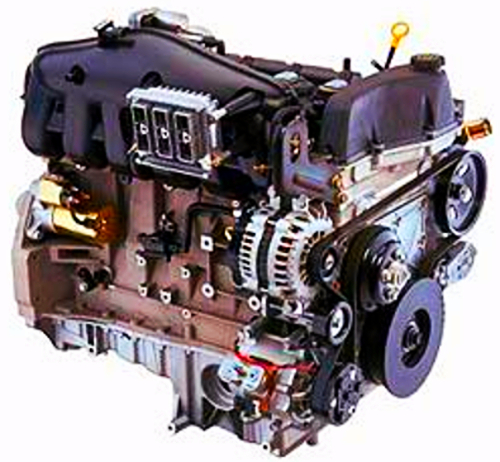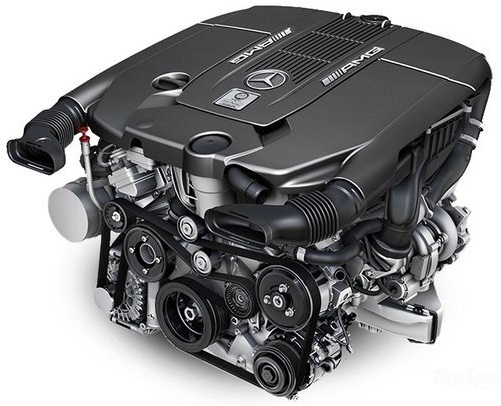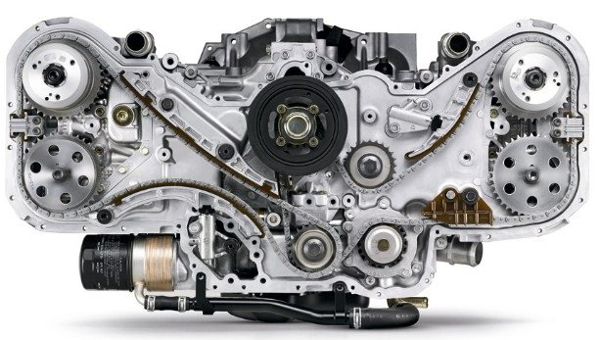Inline engines have the cylinders arranged, one after the other, in a straight line. Almost all four cylinder engines are straight/ Inline engines and are considerably easier to build than an otherwise equivalent Boxer or V type engines. This is because the cylinder bank and crankshaft can be milled from a single metal casting and it requires fewer cylinder heads and camshafts. This ultimately means lower production and maintenance costs. Also due to their smaller and more lightweight construction, this is the preferred Engine design for FF cars ( front wheel drive). The design can be extremely fuel efficient compared to V type, Boxer and Rotary engine designs. There are some five and six cylinder Straight/ Inline design engines, which are mainly found in European cars from the likes of Audi and BMW for example. Reasonable performance can be achieved with performance levels in the 2009 Ford Focus RS around 300 BHP. This is mostly due to Turbo Charging and boost pressure used, but it is common for a 2.0 Litre 16 Value inline 4 to produce 200 BHP plus in performance guises. The engines are not generally thought to be as smooth as the V type and Boxer engine designs and the structure has it's limitations in terms of durability and strength. Inline engines can sometimes be a little rough in lower revs, but work well for smaller cars and do respond well to tuning with the common upgrade paths available.



